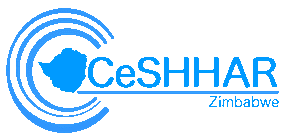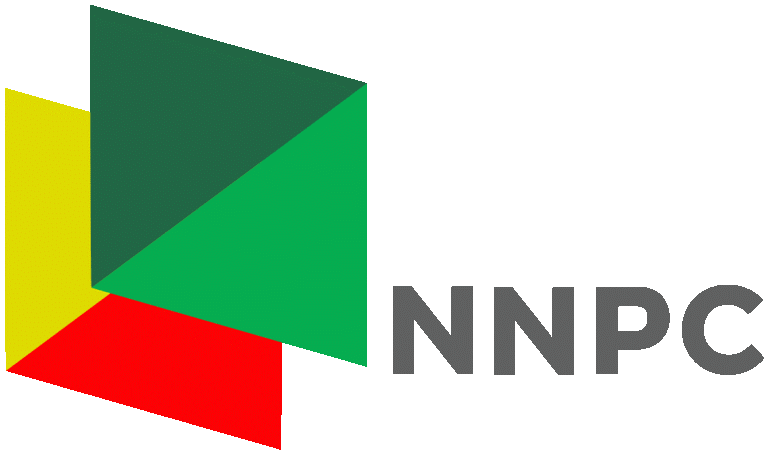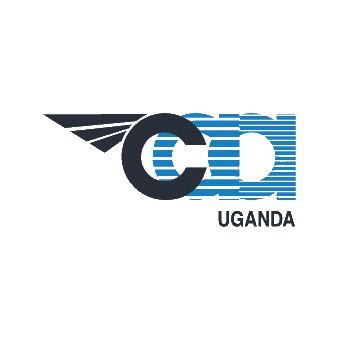Deep Learning with TensorFlow & PyTorch Training Course
Introduction
Are you ready to dive into the transformative world of Artificial Intelligence (AI) and master the cutting-edge techniques of Deep Learning ? Our comprehensive Deep Learning with TensorFlow & PyTorch training course is meticulously designed to equip you with the essential knowledge and practical skills to build, train, and deploy sophisticated neural networks. This intensive program will guide you through the theoretical foundations of deep learning and provide hands-on experience using two of the most powerful and popular frameworks in the industry: TensorFlow and PyTorch. Whether you're a data scientist, machine learning engineer, software developer, researcher, or simply a tech enthusiast eager to harness the power of advanced AI, this course will empower you to tackle complex real-world problems and drive innovation.
Duration
5 days
Target Audience:
- Data Scientists and Analysts looking to expand their machine learning skills into deep learning.
- Machine Learning Engineers wanting to gain proficiency in industry-leading frameworks like TensorFlow and PyTorch.
- Software Developers interested in integrating deep learning capabilities into their applications.
- Researchers and Academics institutions exploring advanced AI techniques for various domains.
- Tech Professionals and Enthusiasts seeking a comprehensive understanding of deep learning concepts and practical implementation.
- Individuals with a foundational understanding of machine learning concepts and Python programming.
Course Objectives
Upon completion of this course, participants will be able to:
- Understand the fundamental concepts and principles of deep learning.
- Differentiate between various types of neural networks and their applications.
- Build, train, and evaluate deep learning models using both TensorFlow and PyTorch.
- Implement common deep learning architectures such as Convolutional Neural Networks (CNNs) and Recurrent Neural Networks (RNNs).
- Work effectively with different types of data, including image, text, and sequential data, for deep learning tasks.
- Apply techniques for improving the performance of deep learning models, such as regularization and optimization.
- Understand the best practices for deploying deep learning models in real-world scenarios.
- Solve practical problems using deep learning methodologies and the chosen frameworks.
Course Modules
Module 1: Introduction to Deep Learning and Frameworks
- What is Deep Learning? Its relationship with Machine Learning and Artificial Intelligence.
- Historical context and recent advancements in Deep Learning.
- Key applications of Deep Learning across various industries relevant (e.g., agriculture, finance, healthcare).
- Introduction to Neural Networks: Perceptrons, activation functions, and basic architectures.
- Overview of TensorFlow and PyTorch: Key features, strengths, and differences.
- Setting up the development environment: Installing Python, TensorFlow, and PyTorch on local machines or cloud platforms.
Module 2: Fundamentals of Neural Networks and Training
- Multi-Layer Perceptrons (MLPs): Architecture, forward and backward propagation.
- Activation Functions: ReLU, Sigmoid, Tanh, and their properties.
- Loss Functions: Cross-entropy, Mean Squared Error, and their selection criteria.
- Optimization Algorithms: Gradient Descent, Stochastic Gradient Descent (SGD), Adam, RMSprop.
- Introduction to Backpropagation: Understanding how neural networks learn.
- Hands-on exercises: Building and training simple neural networks for classification and regression tasks using both TensorFlow and PyTorch.
Module 3: Convolutional Neural Networks (CNNs) for Image Recognition
- Introduction to Computer Vision tasks: Image classification, object detection, image segmentation.
- Convolutional Layers: Filters, kernels, stride, padding, and their role in feature extraction.
- Pooling Layers: Max pooling, average pooling, and their purpose in reducing dimensionality.
- CNN Architectures: LeNet, AlexNet, VGG, ResNet, Inception – understanding their evolution and key components.
- Implementing CNNs for image classification using TensorFlow and PyTorch.
- Data augmentation techniques for improving CNN performance.
Module 4: Recurrent Neural Networks (RNNs) for Sequential Data
- Introduction to Sequential Data: Time series analysis, natural language processing (NLP), speech recognition.
- Recurrent Neural Network Architecture: Hidden states, feedback loops, and their ability to process sequences.
- Challenges with Vanilla RNNs: Vanishing and exploding gradients.
- Long Short-Term Memory (LSTM) Networks: Architecture and how they address the vanishing gradient problem.
- Gated Recurrent Units (GRUs): A simplified alternative to LSTMs.
- Implementing RNNs and LSTMs for tasks like text classification and time series prediction using TensorFlow and PyTorch.
Module 5: Working with Text Data and Natural Language Processing (NLP) with Deep Learning
- Introduction to Natural Language Processing (NLP) tasks: Text classification, sentiment analysis, named entity recognition, machine translation.
- Text Preprocessing Techniques: Tokenization, stemming, lemmatization, and handling vocabulary.
- Word Embeddings: Word2Vec, GloVe, FastText – understanding their concepts and usage.
- Using pre-trained word embeddings in deep learning models for NLP tasks.
- Implementing deep learning models for text classification and sentiment analysis using TensorFlow and PyTorch.
Module 6: Advanced Deep Learning Architectures and Techniques
- Transfer Learning: Leveraging pre-trained models (e.g., ResNet, BERT) for new tasks with limited data.
- Fine-tuning pre-trained models in TensorFlow and PyTorch.
- Generative Adversarial Networks (GANs): Understanding their architecture and applications in image generation and other creative tasks.
- Autoencoders: Architecture and applications in dimensionality reduction and anomaly detection.
- Introduction to Attention Mechanisms: Enhancing the performance of sequence-to-sequence models.
Module 7: Model Evaluation, Tuning, and Regularization
- Model Evaluation Metrics: Accuracy, precision, recall, F1-score, AUC, and their appropriate use cases.
- Hyperparameter Tuning: Strategies for finding optimal hyperparameters using techniques like grid search and random search.
- Regularization Techniques: L1 and L2 regularization, dropout, and their role in preventing overfitting.
- Batch Normalization and other normalization techniques for improving training stability.
- Strategies for dealing with imbalanced datasets.
Module 8: Deployment and Real-World Applications of Deep Learning
- Introduction to different deployment options for deep learning models (e.g., cloud platforms, edge devices).
- Using TensorFlow Serving and Flask for deploying models as APIs.
- Case studies of successful deep learning applications in industries relevant (e.g., precision agriculture, fraud detection in mobile money, medical image analysis).
- Ethical considerations in Deep Learning and AI: Bias, fairness, and responsible AI development.
- Future trends and advancements in Deep Learning research and applications.
- Final project: Participants will work on a practical deep learning project of their choice, applying the knowledge and skills gained throughout the course using either TensorFlow or PyTorch.
- Upon successful completion of this training, participants will be issued with Macskills Training and Development Institute Certificate
TRAINING VENUE
- Training will be held at Macskills Training Centre. We also tailor make the training upon request at different locations across the world.
AIRPORT PICK UP AND ACCOMMODATION
- Airport pick up and accommodation is arranged upon request
TERMS OF PAYMENT
- Payment should be made to Macskills Development Institute bank account before the start of the training and receipts sent to info@macskillsdevelopment.com
Deep Learning With Tensorflow & Pytorch training Course in Kenya
| Dates | Fees | Location | Action |
|---|---|---|---|
| 20/10/2025 - 24/10/2025 | $2,950 | Kigali |
|
| 27/10/2025 - 31/10/2025 | $1,250 | Nairobi |
|
| 03/11/2025 - 07/11/2025 | $2,950 | Kigali |
|
| 10/11/2025 - 14/11/2025 | $4,950 | Instanbul |
|
| 24/11/2025 - 28/11/2025 | $1,250 | Nairobi |
|
| 01/12/2025 - 05/12/2025 | $1,500 | Mombasa |
|
| 08/12/2025 - 12/12/2025 | $1,250 | Nairobi |
|





















